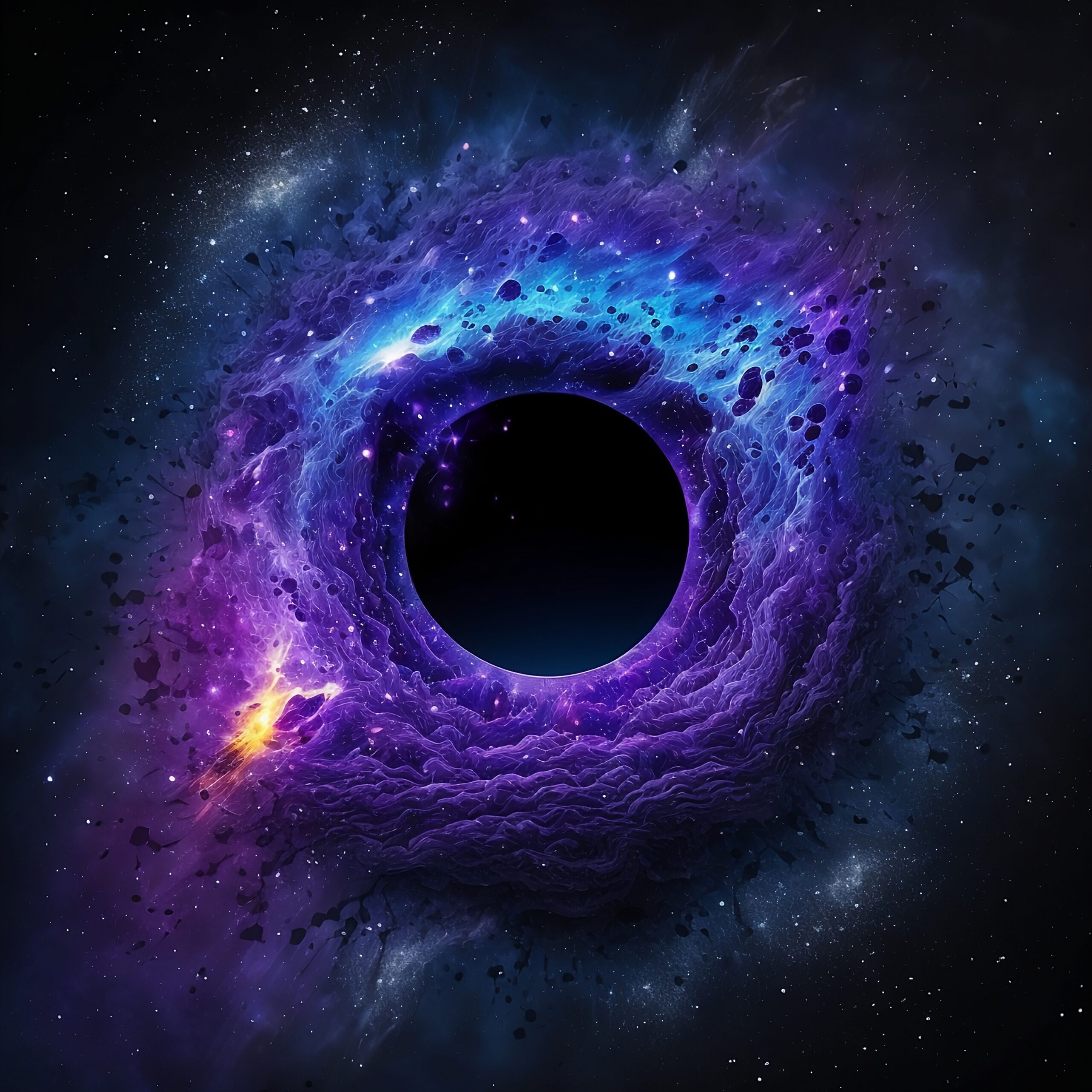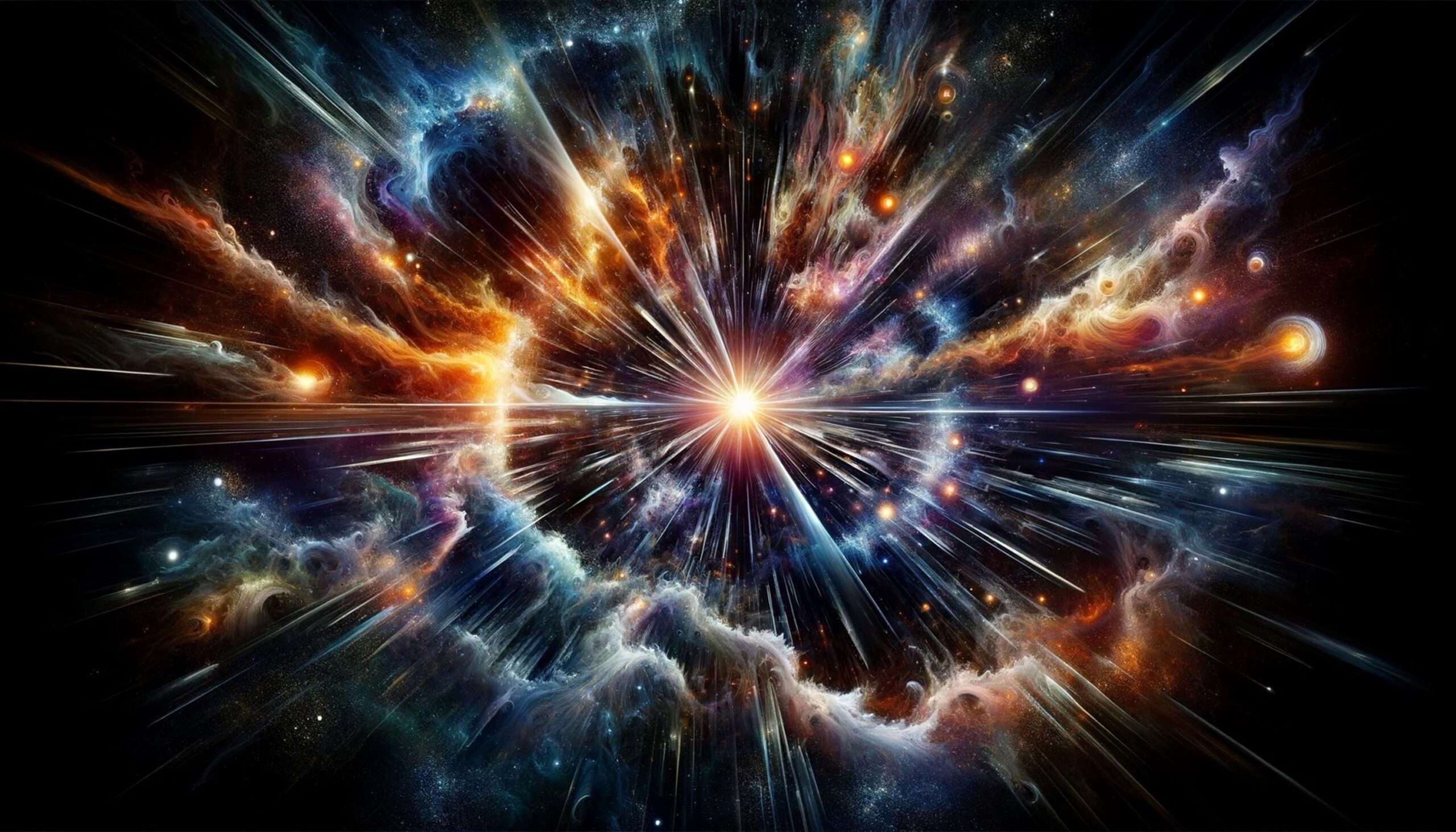The universe is expanding faster than ever—but what’s driving this? What mysterious force is making the cosmos stretch at such a rapid pace?
Introduction:
In 1929, astronomer Edwin Hubble found out that the universe is getting bigger, with galaxies moving away from us faster and faster. At first, scientists thought this expansion would slow down because of gravity. However, in the late 1990s, new observations showed that the universe’s expansion was actually speeding up. This led to the discovery of a mysterious force called dark energy. Dark energy makes up about 68% of all the energy in the universe, pushing galaxies apart and working against gravity. Even though it plays a big role in how the universe changes, we still don’t really understand what dark energy is, and this raises important questions about what will happen to the universe in the future.
The Discovery of the Expanding Universe:
Scientists measure how the universe is expanding by using something called redshift. This happens when light from an object moves away from us. As galaxies move farther away, the light they emit stretches and shifts toward the red end of the light spectrum. This change gives important clues about how fast the galaxies are moving and how far away they are.
How Redshift Works?
The Doppler Effect is similar to redshift. It explains how sound waves change when the source moves. For light, when an object moves away from us, the light waves stretch out, making them longer and shifting toward red. On the other hand, if an object moves closer, the light waves get squished together, shifting toward blue.
Measuring redshift involves examining spectral lines, which are specific wavelengths of light that correspond to the elements in a galaxy. Each element emits or absorbs light at particular wavelengths, creating a unique pattern. By comparing the wavelengths we see to the known wavelengths when the object is still, scientists can calculate the redshift using a formula.
A higher redshift value means that a galaxy is farther away and moving away faster. For instance, a redshift of z = 1 suggests that the galaxy is moving away at a large fraction of the speed of light. This connection helps scientists figure out how quickly galaxies are receding and allows them to track the universe’s expansion over time.

Page URL: https://commons.wikimedia.org/wiki/
Attribution: ESA/Hubble, CC BY 4.0 https://creativecommons.org/licenses/by/4.0, via Wikimedia Commons
Hubble’s Law
Hubble’s early observations showed a straight-line relationship between the redshift of galaxies and their distance from Earth. This means that the farther away a galaxy is, the faster it seems to be moving away. This finding supports the idea that the universe is expanding evenly.
Twist in the Story:
In 1998, two separate teams of astronomers made an unexpected discovery about the universe’s expansion. They used Type Ia supernovae—explosions of white dwarf stars that have a consistent brightness—to measure how fast the universe is expanding. These supernovae act like reliable markers, helping scientists understand cosmic growth better.
- The Supernova Cosmology Project: Led by Saul Perlmutter, this team conducted observations at the Lawrence Berkeley National Laboratory. They focused on distant supernovae to collect data on their brightness and redshift.
- The High-Z Supernova Search Team: This team included researchers like Brian Schmidt and Adam Riess, who worked at various institutions, including the Harvard-Smithsonian Center for Astrophysics. They focused on observing supernovae that are very far away.
As both teams looked at their data, they expected to see the universe’s expansion slowing down because of gravity. Instead, they were surprised to find that distant supernovae were dimmer than expected, meaning they were farther away than they should be if the expansion were slowing. This unexpected finding suggested that the universe’s expansion is actually speeding up.
The Role of Dark Energy:
Dark energy is the term for the mysterious force that is causing the universe to expand faster. It makes up about 68% of all the energy in the universe, but its exact nature is still a big mystery in modern cosmology. There are many theories about what dark energy could be, ranging from a constant energy level to changing fields over time. The discovery of dark energy is important because it affects not only the future of the universe but also challenges our basic ideas about physics and gravity. As scientists keep studying this puzzling force, dark energy remains a key question in understanding the structure and evolution of the universe.
The cosmological constant was first introduced by Albert Einstein in 1917 to create a static universe, balancing gravitational forces that could cause it to collapse. However, after Edwin Hubble discovered in 1929 that the universe is actually expanding, Einstein abandoned the cosmological constant, famously calling it his “biggest blunder.”
Decades later, the discovery in 1998 that the universe’s expansion is speeding up brought the cosmological constant back into discussion. This acceleration hinted at a mysterious force, now called dark energy, which can be explained by the cosmological constant. Today, it is a leading candidate for understanding dark energy, showing how important Einstein’s original idea still is in modern cosmology.
Decades later, the discovery in 1998 that the universe’s expansion is speeding up brought the cosmological constant back into discussion. This acceleration hinted at a mysterious force, now called dark energy, which can be explained by the cosmological constant. Today, it is a leading candidate for understanding dark energy, showing how important Einstein’s original idea still is in modern cosmology.
As the universe expands, more space is created, and this new space adds to the overall repulsive effect. This means that rather than just pulling galaxies together with gravity, dark energy actually pushes them apart. We can describe this behaviour mathematically using the cosmological constant, which introduces a constant energy density throughout space.
This repulsive effect becomes more important over great cosmic distances, where gravity’s influence is weaker. As a result, galaxies that are far apart feel the effects of dark energy more strongly, causing the universe to expand even faster.
While this theory provides a clear explanation for the observed acceleration, the true nature of dark energy remains one of the biggest mysteries in cosmology. Researchers are actively exploring different models in the hopes of discovering the basic principles behind this puzzling force and its impact on the future of the universe.

Page URL: https://commons.wikimedia.org/wiki/
Attribution: DES Collaboration/NOIRLab/NSF/AURA/M. Zamani, CC BY 4.0 https://creativecommons.org/licenses/by/4.0, via Wikimedia Commons
The Role of Space-Time and General Relativity:
One helpful way to visualize dark energy is to think of space-time as a stretchy fabric. Imagine the universe as a large, flexible sheet with galaxies placed on it. As the fabric stretches, it pulls the galaxies further apart from each other.
Since dark energy acts like a repulsive force, it stretches the space-time fabric, creating more distance between galaxies. Instead of just pulling the galaxies together with gravity, this stretching pushes them apart, resulting in the observed acceleration of the universe’s expansion.
Just like the fabric expands and creates more distance between points on its surface, dark energy continuously affects the structure of space itself, pushing galaxies away from each other at an increasing rate. This analogy helps show how dark energy works, highlighting its role in shaping the dynamics of our universe and the ongoing separation of cosmic structures.
Einstein’s General Theory of Relativity is essential for understanding cosmic expansion because it explains how gravity works on large scales. According to this theory, massive objects like galaxies and clusters of galaxies bend the fabric of space-time. This curvature influences how other objects move within that space.
In a universe mostly made of matter, gravity would pull galaxies together, slowing down cosmic expansion. However, the discovery of dark energy added a new dynamic. Dark energy acts like a repulsive force that counteracts gravity, pushing galaxies apart and causing the expansion to speed up.
The interaction between gravity and dark energy is key to explaining how the universe behaves. While gravity tries to slow down the expansion, dark energy works against it, leading to the surprising conclusion that the universe is expanding—and doing so at an increasing rate. Understanding this balance through the framework of general relativity is crucial for grasping the universe’s evolution and its ultimate fate.
Conclusion:
As we think about the incredible nature of the universe, it’s clear how vast and complex it is, full of mysteries that challenge our understanding. Each discovery, from the expansion of galaxies to the puzzling dark energy, shows us how much more there is to learn. The cosmos is like a grand tapestry, woven with intricate threads of science, each one leading us further into the unknown.
Share the knowledge with

